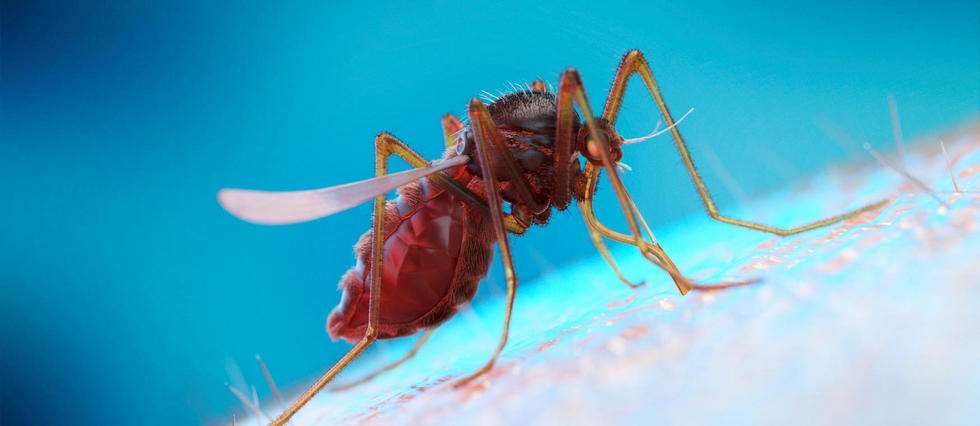My baby has a diaper rash that won't go away. Could it be a yeast infection?It's possible. There are several reasons why your child might have a diaper rash, including chafing, sensitivity, and wetness. But a diaper rash that persists despite your efforts to treat it by keeping your child's bottom dry and using a diaper rash cream, for example may be caused by a yeast infection.
Dr. P. Marazzi / Science Source
I thought only women got yeast infections. How could my baby have one?Everyone has harmless amounts of yeast (Candida albicans) in and on their body. It's actually a fungus and thrives in warm, wet places like the mouth, bowels, skin, and vagina. Even if your child is a boy, the moist environment of a wet diaper can easily cause a yeast infection especially if there's already an untreated diaper rash.
Babies taking antibiotics and breastfed babies whose mothers are on antibiotics are also more susceptible to yeast infections.
bagsnewbags
That's because antibiotics kill the good bacteria in the body that keep yeast in check. Without these bacteria around, yeast can grow more abundantly.
If your child recently had thrush (a yeast infection of the mouth), he may end up with a yeast infection in his diaper area, too. Yeast passes through your child's digestive system when he eats and it ends up in his stool, which eventually lands in his diaper right next to his warm, damp skin.
How can I be sure the rash is really a yeast infection?You may not be able to detect yeast in a mild diaper rash, but once a yeast infection is full blown you can usually tell that's what it is because the rash will be well defined and beefy red, with slightly raised borders and "satellite" lesions (red lesions a slight distance from the main rash). Your child's skin may also be scaly.
Another big clue: A yeast rash tends to hang around for longer than two days and doesn't respond to traditional diaper rash treatments. It also usually shows up in the skin folds of the groin area.
This Internet site provides information of a general nature and is designed for educational purposes only. If you have any concerns about your own health or the health of your child, you should always consult with a physician or other healthcare professional. Please review the Terms of Use before using this site. Your use of the site indicates your agreement to be bound by the Terms of Use.
 Like
0
Like
0
 Je kiff pas
0
Je kiff pas
0
 Je kiff
0
Je kiff
0
 Drôle
0
Drôle
0
 Hmmm
0
Hmmm
0
 Triste
0
Triste
0
 Ouah
0
Ouah
0









































